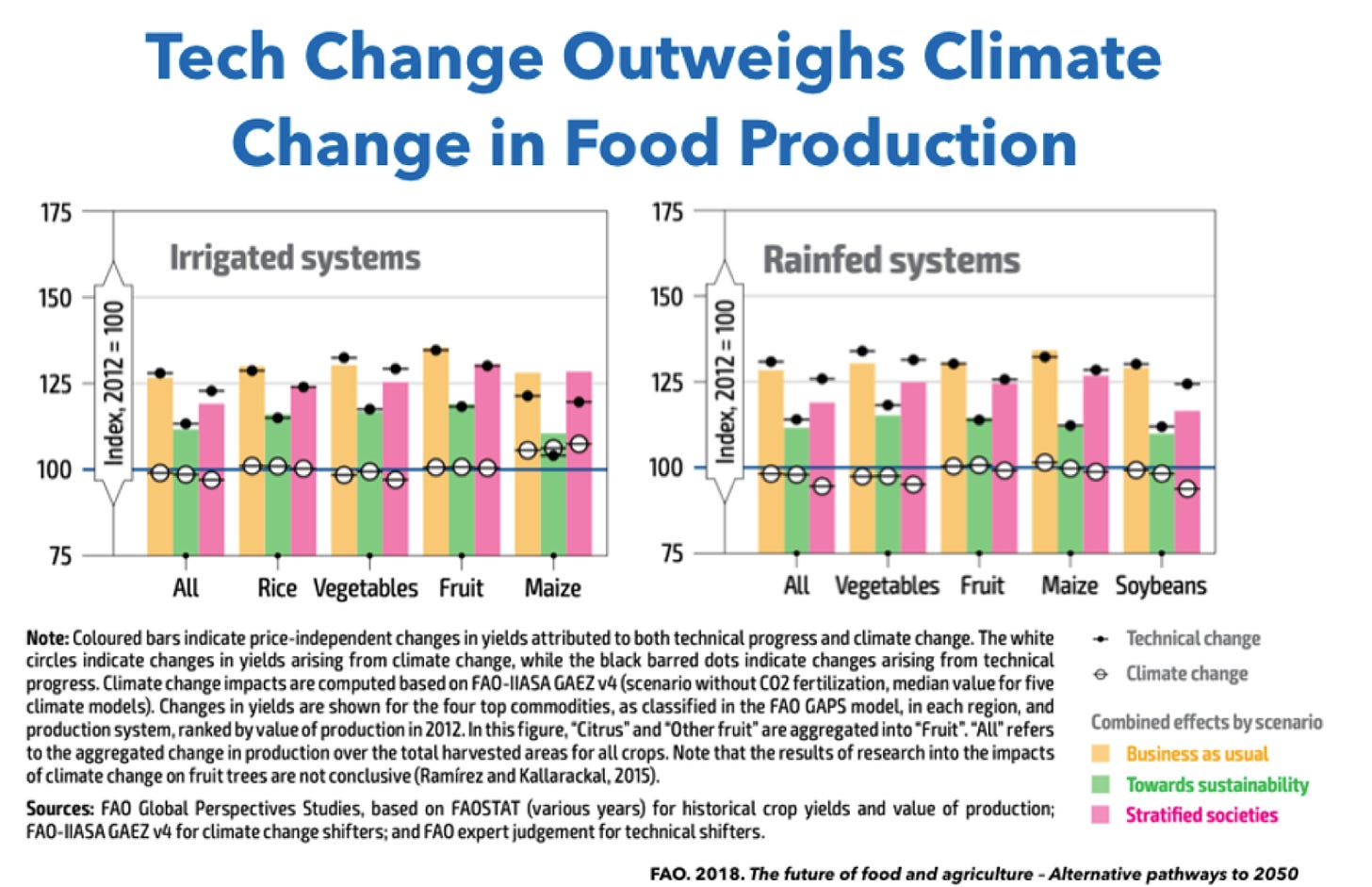Editorial calling for magazine ban misses tons of points
The day I see a pro-gun editorial from the Chicago Sun-Times will likely be the day that sites like this aren’t needed anymore. It’ll mean that we’ve so completely and totally won the gun war that gun control will be relegated to the dustbin of history; a museum-piece idea dead and gone, sitting on a shelf like eugenics and phrenology.
But that’s not likely to happen anytime soon. Today, they’re pushing for state-wide gun control. In particular, they want a magazine ban restricting people to just 10 rounds.
A new gun threat is painting a larger target on everyone’s backs. Lawmakers should figure out how to curb it.
As Frank Main, Tom Schuba and Stephanie Zimmermann of the Sun-Times and Chip Mitchell of WBEZ reported in Sunday’s Sun-Times, extended-capacity magazines — which hold 10 or more bullets and can be used with handguns as well as rifles — have become more common despite bans in some places.
Moreover, a surging number of guns with illegal attachments called “switches” on the street, which convert guns from semi-automatic to automatic weapons, are being seized by the police department, according to the investigation.
A shooter with a semi-automatic gun needs to squeeze the trigger every time a shot is fired. A shooter with an automatic gun needs only to squeeze and hold the trigger, and the gun will continue to fire, causing far more damage.
When weapons with high-capacity magazines are converted to automatic and are easily obtainable, young people who carry guns will want them. But we can’t afford to have these murderous weapons even further embedded into the gun culture.
When combined with illegal devices that convert guns into fully automatic firearms, the large magazines can spread almost unimaginable devastation and death in a matter of moments.
Twelve states ban high-capacity magazines. Illinois should join them.
That’s right. Illinois needs a magazine ban because an illegal device that cannot be possessed lawfully anywhere in the nation is a thing.
Yet what tickles me the most is how little they’ve thought this through.
Sure, such magazines are restricted in many areas of Illinois, but the argument is that criminals just go to where they’re legal and buy them, so by restricting them statewide, that can’t happen.
Really?
This is the same city notorious for blaming Indiana for the guns in criminal hands, and they think somehow these folks who get guns from another state won’t be able to get magazines?
Hell, they’ll get them easier.
In Indiana, there are still federal requirements for the sale of firearms from a licensed dealer. Yet criminals commit a crime in order to obtain these guns so they can sell them to Chicago criminals.
Magazines have no such checks or requirements. Anyone can stroll into a gun store and buy a higher-capacity magazine in any state without even having to show an ID.
If federal regulations and Illinois state law can’t keep guns out of the hands of criminals, how does the Chicago Sun-Times think a magazine ban in the state will? Especially when all the rules on the planet aren’t keeping these people from getting full-auto switches.
And yes, magazines can be 3D printed, which makes a ban even more pointless.
But do you want to know who will get hosed over by a magazine ban? The law-abiding citizens who might well need more ammo capacity to combat the heavily armed criminals who will still get these magazines, switches, guns, and literally anything else they want.
Newspaper editorials are often used to advocate for various laws. However, this is a prime example of how those who sit on those editorial boards often don’t know what the hell they’re talking about.





